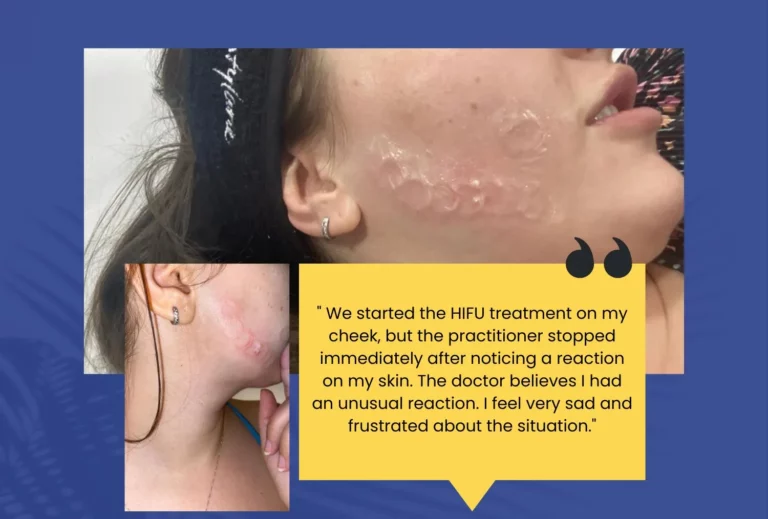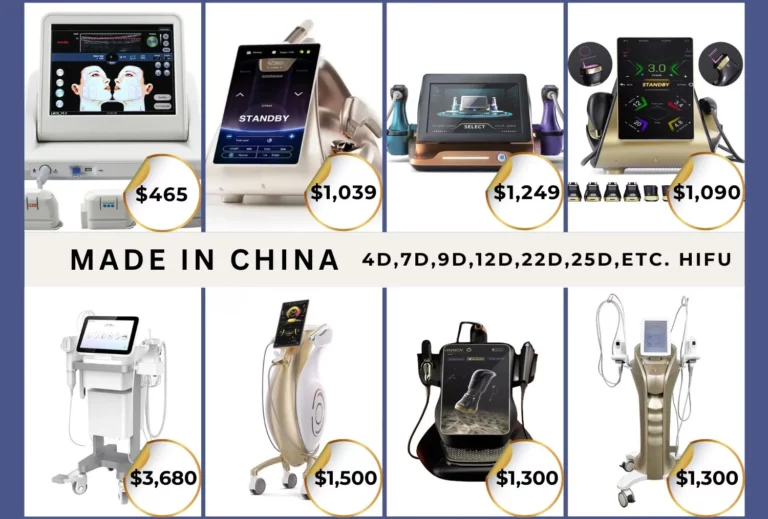High-intensity focused ultrasound (HIFU) is emerging as a modern, non-invasive technology for skin tightening and contouring of the face and body. Thanks to the ability to achieve visible results without surgical intervention, HIFU procedures have quickly gained popularity among a wide range of patients. But behind this attractive image are important details that often remain in the shadows - one of them is the use of factory settings of the equipment and fixed HIFU protocols.
What are the factory HIFU settings?
HIFU devices usually come with preset protocols – combinations of parameters such as penetration depth, energy, number of lines and spacing between points. These settings are created by manufacturers to make it easier for the user and offer a “one-size-fits-all” solution for the most common cases.
At first glance, this seems reasonable. But human anatomy and skin structure are not universal. Every patient is different – in age, in tissue condition, in sensitivity, in treatment area. This is where universal solutions can become a problem.
What are the risks of using factory settings and ready-made HIFU protocols?
Applying HIFU with settings that are not appropriate for the specific patient can lead to:
- Thermal damage to the skin and subcutaneous tissues – swelling, redness, burns, soreness, and sometimes scarring.
- Uneven results – one area tightens excessively, another insufficiently.
- Loss of volume and asymmetry, especially when working on a face with a thinner fat layer.
- Unpleasant experience – severe pain during the procedure, which is a sign of excessive energy or inappropriate depth.
If the equipment is used without sufficient knowledge, sense and an individual approach, with the so-called "copy-paste" method of working with ready-made HIFU protocols, the likelihood of adverse reactions increases sharply.
When accessibility becomes a danger
Another serious problem is that nowadays HIFU devices are freely and widely available online, including at low prices, often from dubious manufacturers and without clear control over quality and safety. This creates the prerequisites for technology designed for medical and cosmetic practice to fall into the hands of people without the necessary qualifications or practical experience.
There are cases where self-taught “therapists” perform HIFU procedures at home or in beauty salons, where there is a lack of medical supervision and training. This not only devalues the value of the therapy, but also endangers the patient’s health.
What is the solution?
- The qualification of the specialist is critical. Not just certifications, but real-world practical experience and in-depth knowledge of the skin.
- An adequate approach to each patient – assessment of condition, skin type, anatomical features, goals and realistic expectations.
- Device with proven origin – not only because of the results, but also because of the safety and the ability to precisely adjust the parameters.
Conclusion: HIFU is a promising technology, but it is not “smart” in itself.
Ready-made HIFU protocols are only a starting framework, not a one-size-fits-all solution. Before undergoing a procedure, research, ask questions, and don’t hesitate to seek a second opinion.



